Enjoy the videos and music you love, upload original content, and share it all with friends, family, and the world on YouTube.
Get the latest international news and world events from around the world.
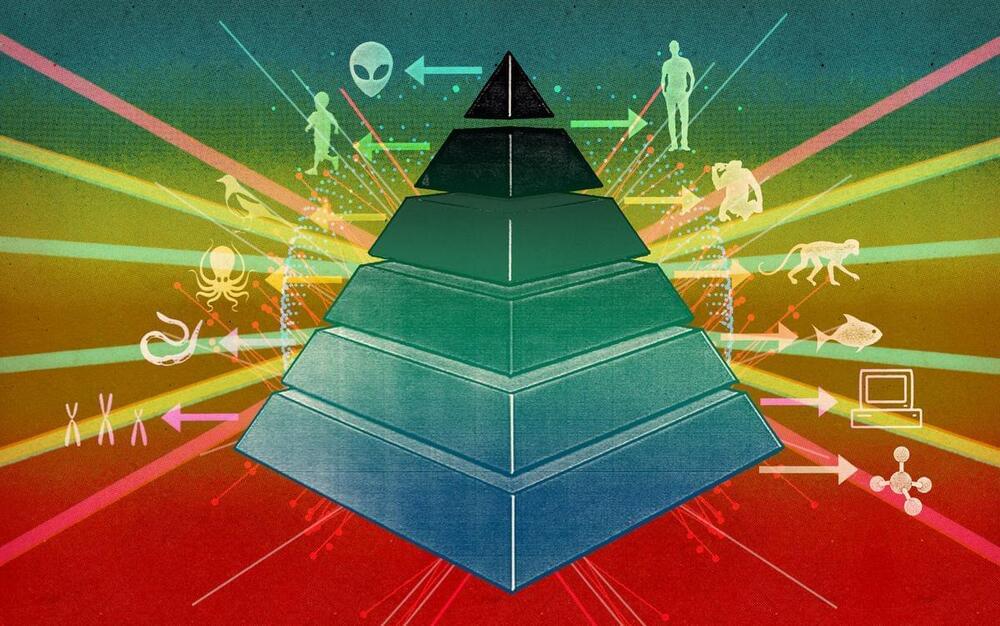
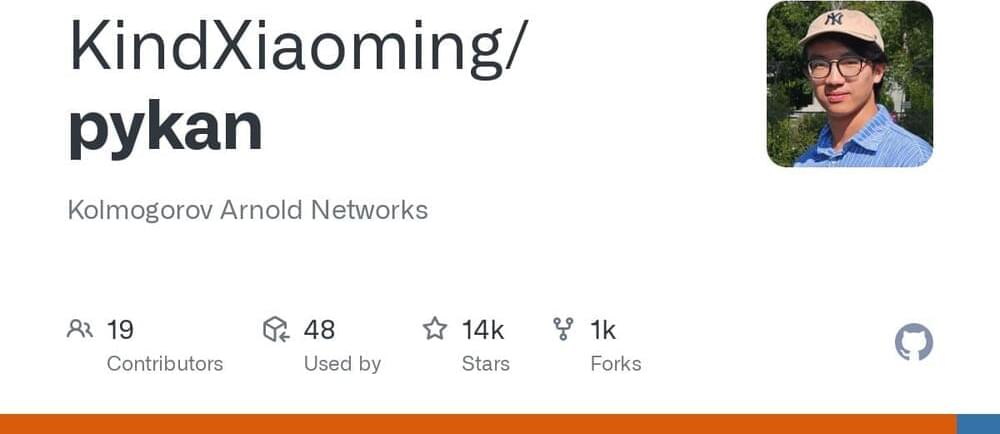
KindXiaoming/pykan: Kolmogorov Arnold Networks
KAN 2.0: Kolmogorov-Arnold Networks Meet Science.
Ziming Liu, Pingchuan Ma, Yixuan Wang, Wojciech Matusik, Max Tegmark MIT 2024.
Artificial Intelligence (AI) and science are two powerful forces that seem, on the surface, to be at odds with each other.
Kolmogorov Arnold Networks. Contribute to KindXiaoming/pykan development by creating an account on GitHub.
World’s 1st jet-powered humanoid robot completes key tests
IIT reveals advances in the world’s first jet-powered humanoid robot, showcasing its experimental area and early validation efforts.
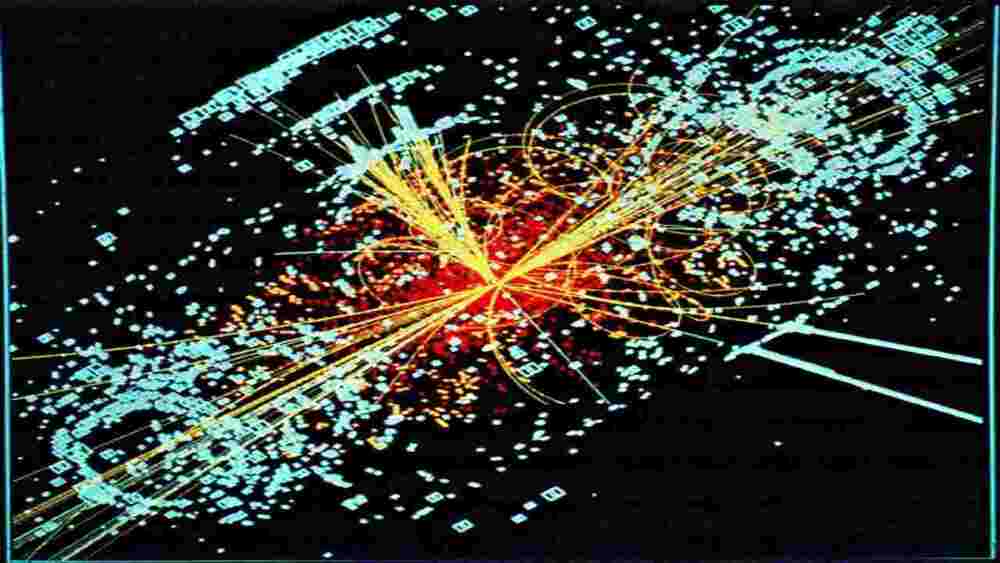
Scientists suggest a new method to break the Laws of Physics
In the search for new particles and forces in nature, physicists are on the hunt for behaviors within atoms and molecules that are forbidden by the tried-and-true Standard Model of particle physics. Any deviations from this model could indicate what physicists affectionately refer to as “new physics.”
Caltech assistant professor of physics Nick Hutzler and his group are in pursuit of specific kinds of deviations that would help solve the mystery of why there is so much matter in our universe. When our universe was born about 14 billion years ago, matter and its partner, antimatter, are believed to have existed in equal measure.
Typically, matter and antimatter cancel each other out, but some kind of asymmetry existed between the different types of particles to cause matter to win out over antimatter. Hutzler’s group uses tabletop experiments to look for symmetry violations—the deviant particle behaviors that led to our lopsided matter-dominated universe.
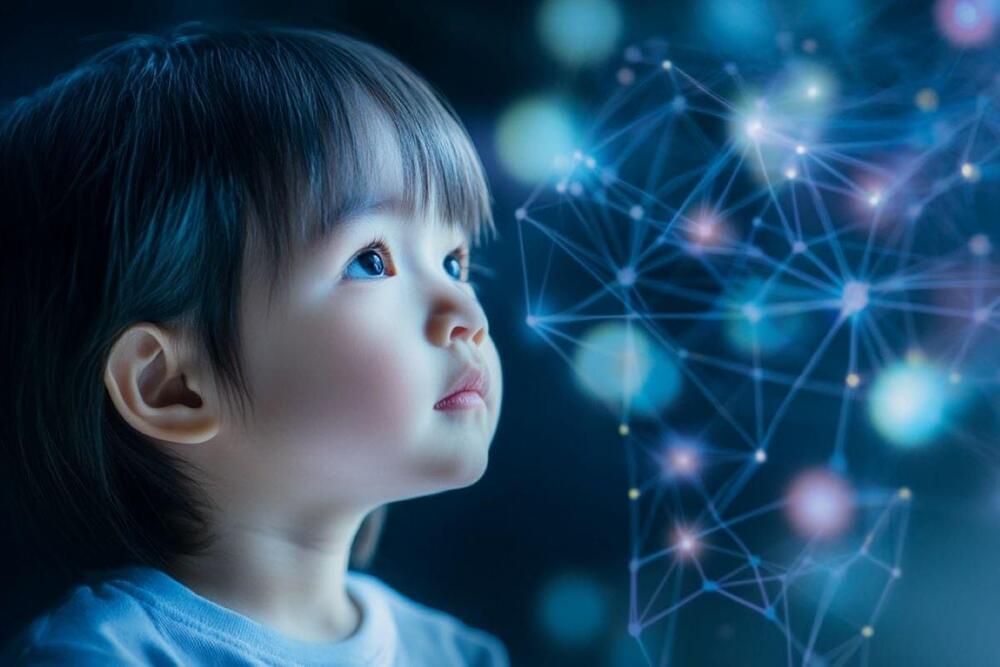
AI Model Predicts Autism in Toddlers with 80% Accuracy
Summary: A new machine learning model, AutMedAI, can predict autism in children under two with nearly 80% accuracy, offering a promising tool for early detection and intervention.
The model analyzes 28 parameters available before 24 months, such as age of first smile and eating difficulties, to identify children likely to have autism. Early diagnosis is crucial for optimal development, and further validation of the model is underway.
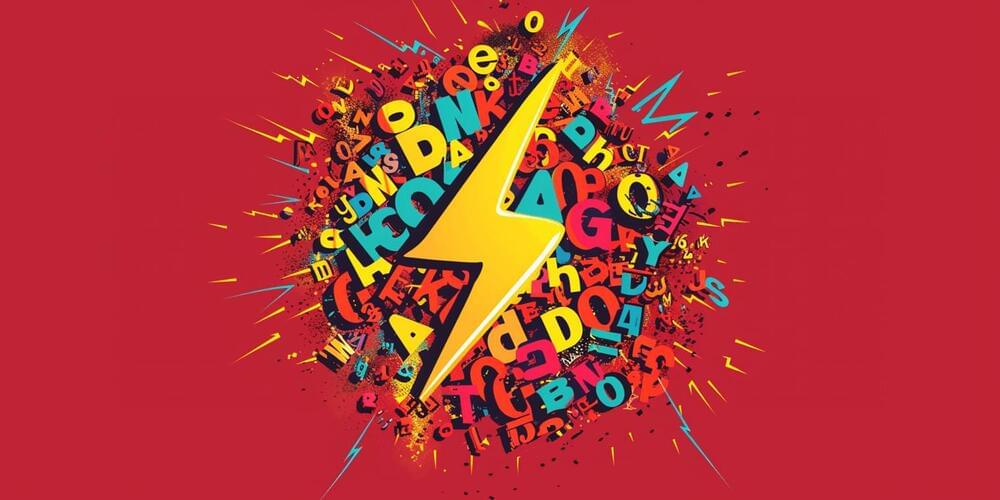
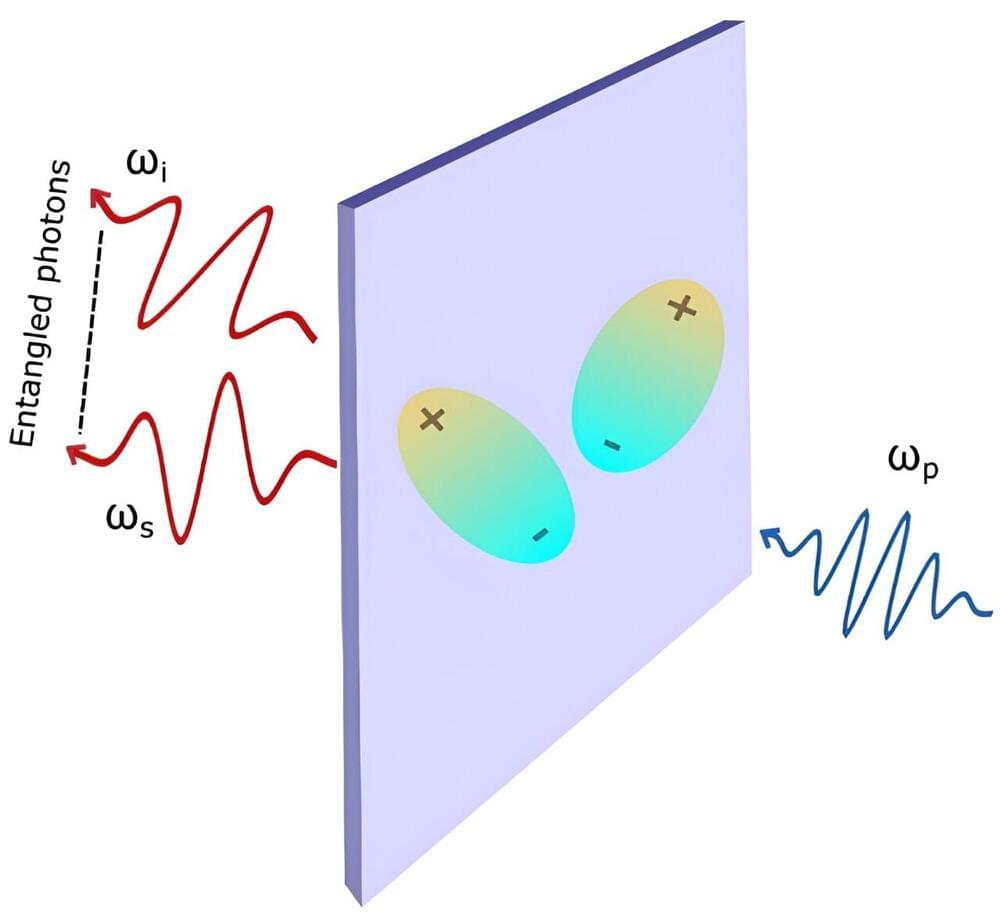
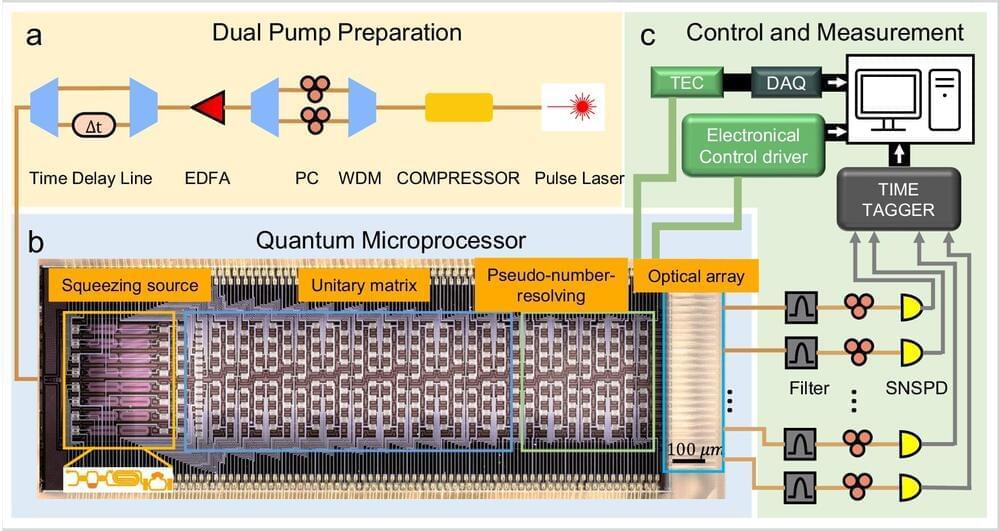
Scientists harness quantum microprocessor chips for advanced molecular spectroscopy simulation
Quantum simulation enables scientists to simulate and study complex systems that are challenging or even impossible using classical computers across various fields, including financial modeling, cybersecurity, pharmaceutical discoveries, AI and machine learning. For instance, exploring molecular vibronic spectra is critical in understanding the molecular properties in molecular design and analysis.
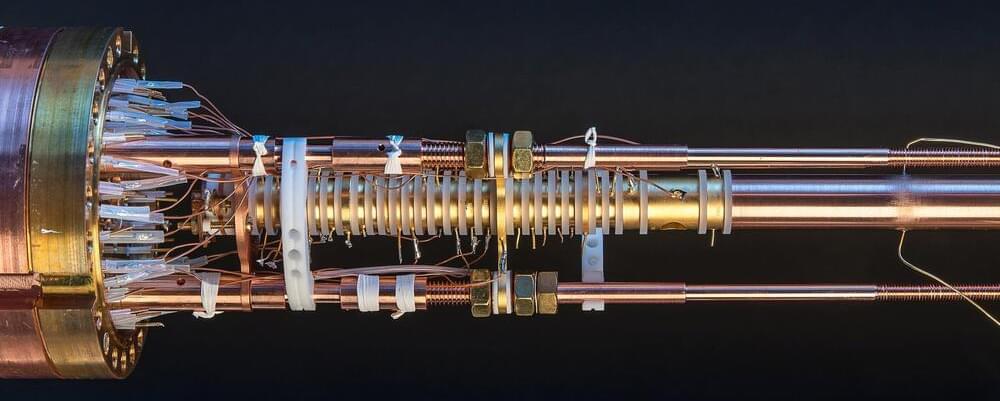
Researchers precisely measure effect of electromagnetic shielding in beryllium atoms
The electron shell of atoms acts as an “electromagnetic shield,” preventing direct access to the nucleus and its properties. A team in the group of Klaus Blaum, director at the Max Planck Institute for Nuclear Physics in Heidelberg, has now succeeded in precisely measuring the effect of this shielding in beryllium atoms. The study is published in the journal Nature.